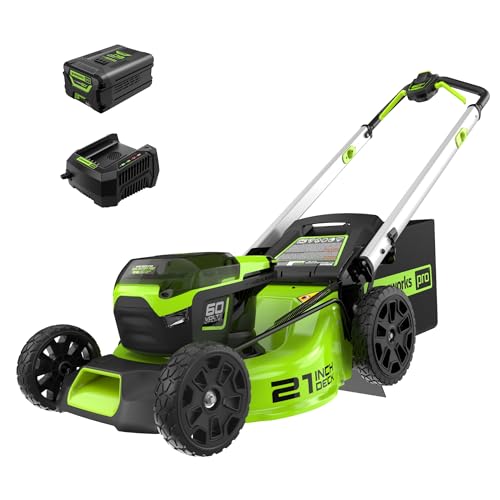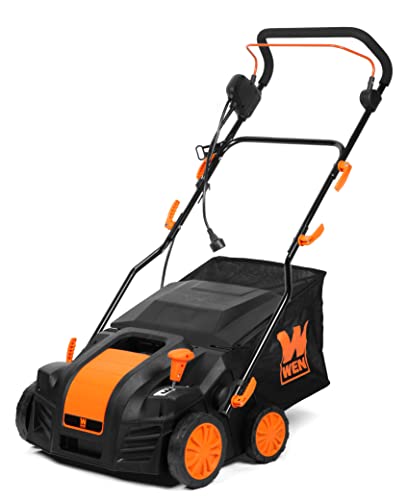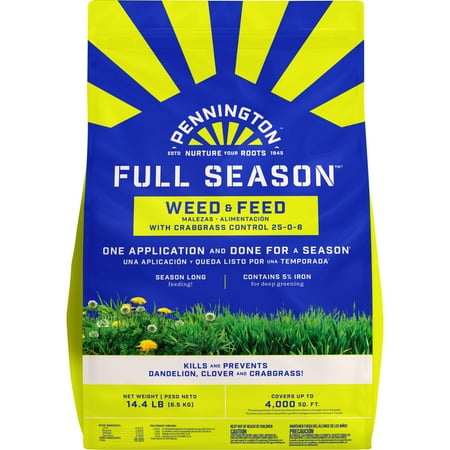6 signs you have an unhealthy lawn – and how to fix the issues like a pro
Your grass will tell you when something is not right

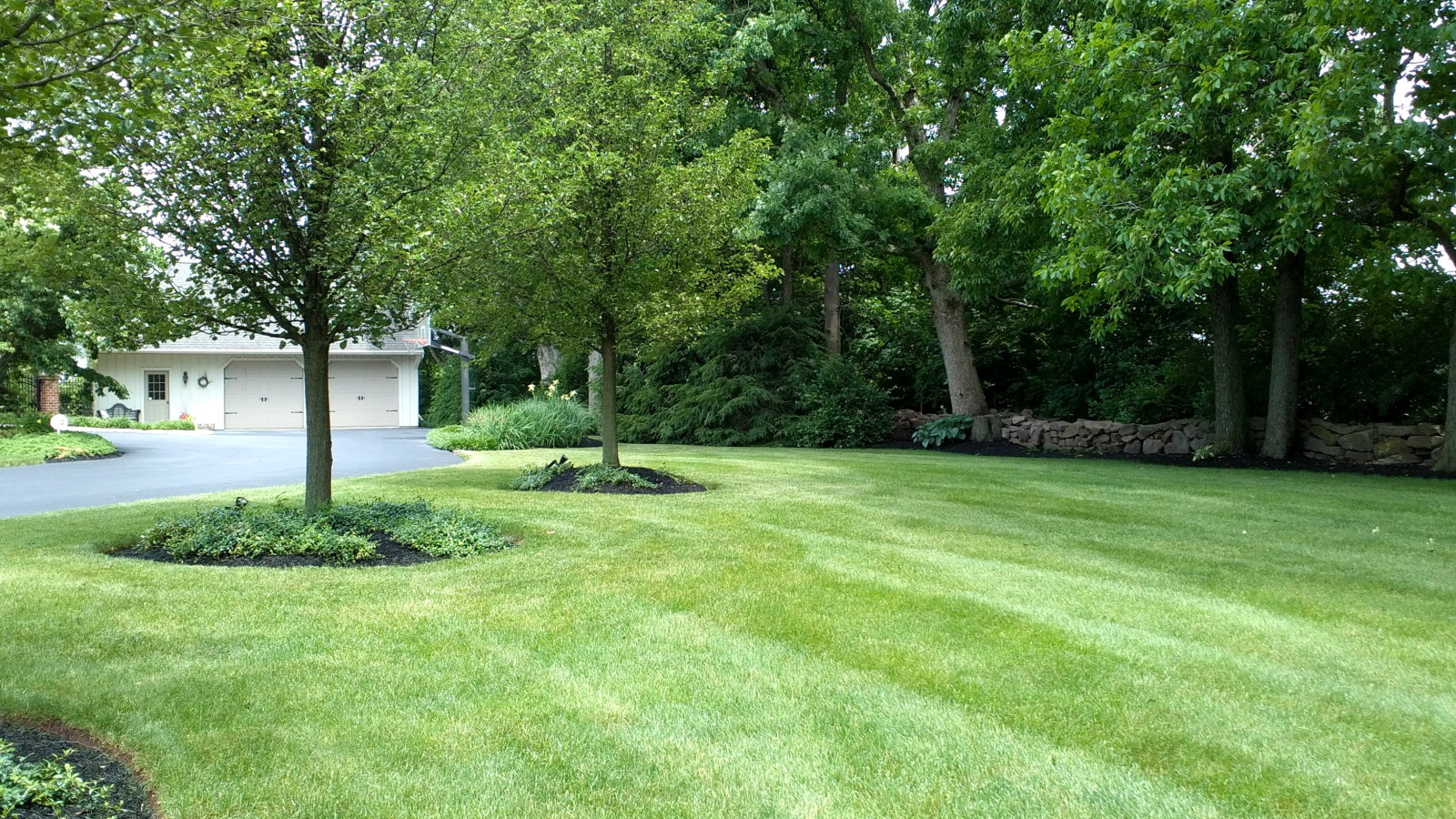
If you see or feel something not quite right, it may simply be your lawn telling you it’s unhappy. To help you understand the signals your grass might be giving you, here, turf experts reveal their top signs of an unhealthy lawn.
Many homeowners aspire to achieve the perfect turf and dedicate numerous hours to lawn care throughout the year. However, even the most meticulously maintained lawns can endure stresses, which are often evident in certain key ways.
Whether it is patchy growth, yellow grass, an increase in weeds, moss, or fungi, or simply the lawn feeling spongy underfoot, these are all signs of an unhealthy lawn that you should be able to spot. This guide highlights some of the most common indicators you may experience, along with expert tips to combat the issues and help you have a pristine lawn.
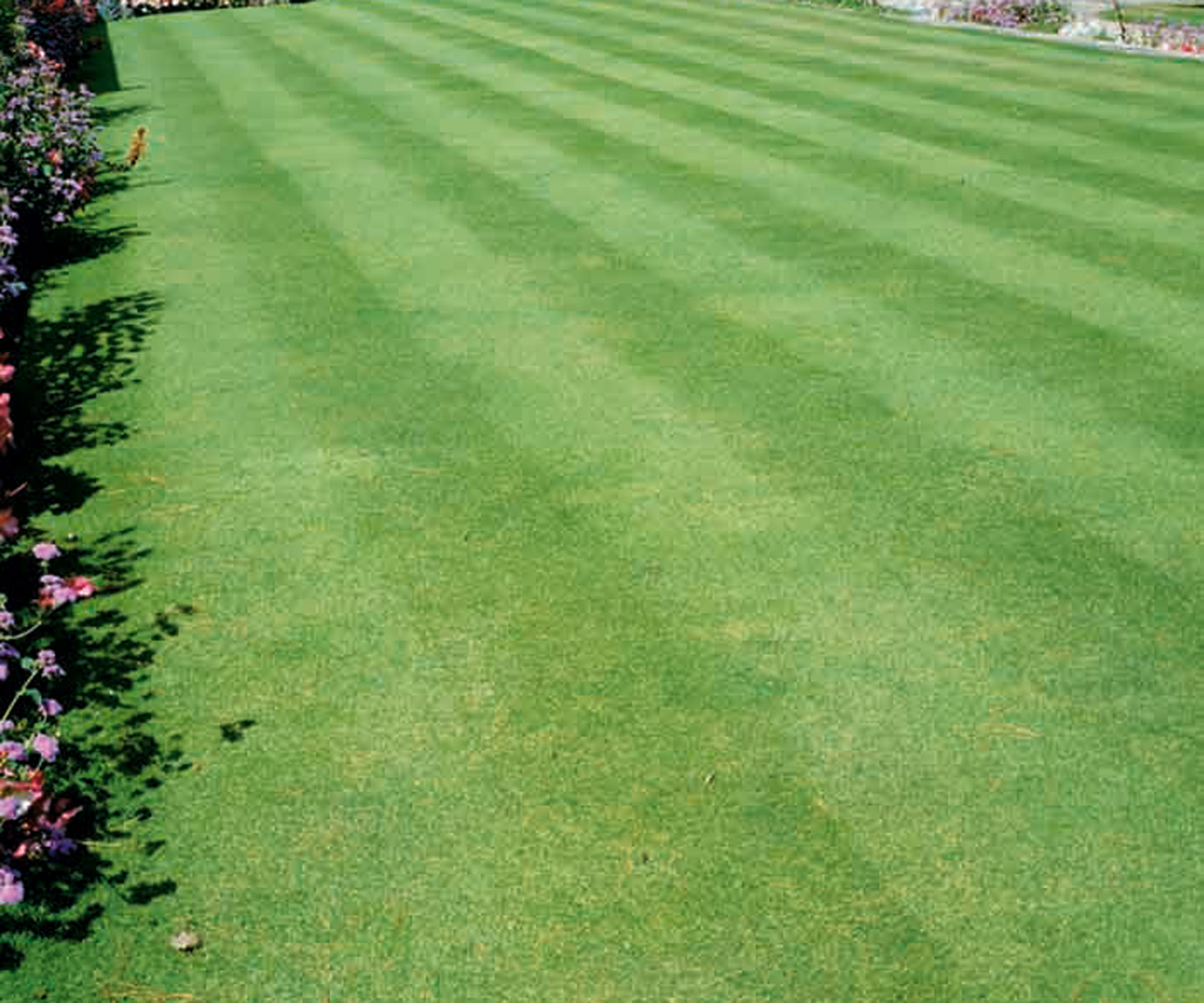
6 signs of an unhealthy lawn
Checking your lawn regularly can be a quick and simple way to spot any signs of stress or unhappiness. And it needn’t be tough to identify any problems, they may show themselves while you are simply out enjoying the garden or be spotted from inside the home.
'As a natural product, lawns are usually quite good at telling you when they’re unhappy, but it’s important to be able to recognise which signs are for which issues,' claims Chrissie Handley, a specialist at Online Turf.
The grass may appear yellow, patchy, or thinning, but often any issues can be easily rectified. Knowing how to identify problems and potential solutions is a key aspect of good lawn care.
Patchy growth

Despite striving for a green and thick lawn, one of the most common signs of an unhealthy or unhappy lawn is patchy grass with irregular growth, thinning or bare patches, or spots of discoloration. Such a lawn can be the result of a combination of factors, including soil compaction, drought, and low nutrient levels.
Design expertise in your inbox – from inspiring decorating ideas and beautiful celebrity homes to practical gardening advice and shopping round-ups.
'Anything other than lush green dense growth is normally a sign that it’s not thriving as it should,' says Chrissie. 'A patchy lawn that isn’t growing as densely as it should is usually a sign that your soil isn’t of good quality. You may want to fertilize later in the year to help balance out your soil pH for optimal, dense growth.'
The lawn expert adds: ‘You can also test your soil to see exactly what nutrients it’s deficient in for a more tailored fix.’ The best soil pH for a healthy lawn is between 6.0 and 7.0, and you can test the pH of soil with a simple home testing kit, such as this soil testing kit at Amazon.
However, it may require more than just fertilizing the lawn to repair such issues with patchiness. Skye Durrant, the founder of LawnGuru, recommends increasing the frequency of lawn watering, followed by aeration of the grass, and then an application of fertilizer.
'You should notice a greener lawn within a week and thicker growth within one to two weeks,' he adds. 'For very thin areas, overseeding can help. The best time to overseed is in late summer or early fall.'

Skye is the Co-Founder at LawnGuru, providing on-demand Lawn Care and Snow Removal services ordered through mobile applications.
Discoloration
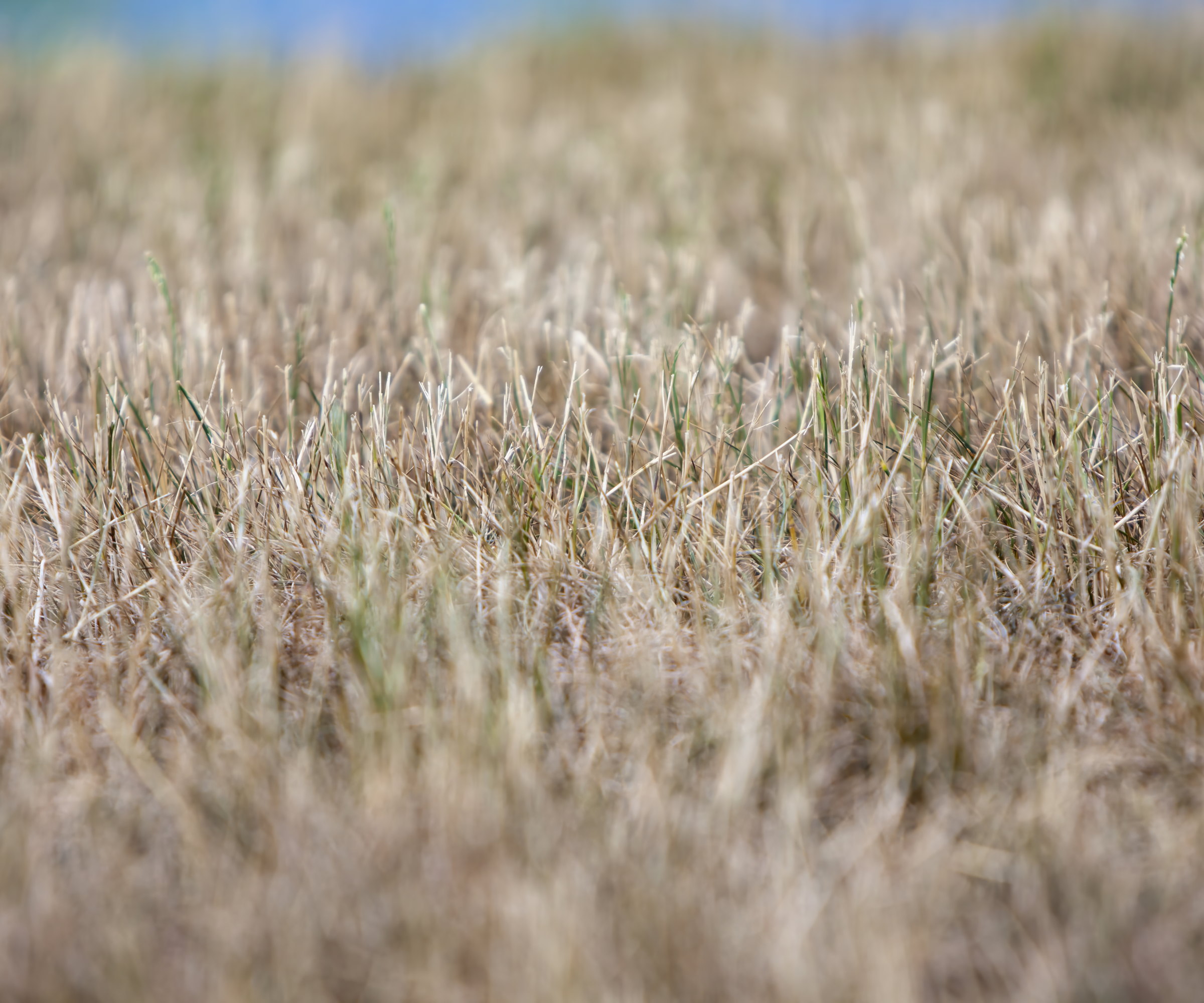
No one wants to look at their lawn and see it turning almost completely yellow or brown.
Discolored patches can be caused by pests like grubs or diseases, such as snow mold or red thread, that can cause a lawn to yellow in winter, but once it spreads from patches to the whole lawn, it becomes a larger problem.
'A consistently yellow or brown lawn across a large area is often a sign of drought,' claims Skye. 'Increasing irrigation is a good first step. Most lawns need at least one inch of water per week during the summer to stay healthy.'
Yellow grass should recover if you regularly water the lawn in summer. Best practise is to water in the morning or evening, outside of the hottest times of the day, but not to water the lawn at night.
Watering grass in the sun during peak hours gives the lawn little chance to soak up the moisture before it evaporates.
'If you have a sprinkler, you’ll want to make sure this is left on for a few hours in the coolest hours of the day and is reaching the full lawn and soaking through to the ground below,' recommends Chrissie.

Chrissie Handley is Lawn Care Specialist providing tailored advice on laying, maintenance and general lawn care for Online Turf.
Feeling spongy
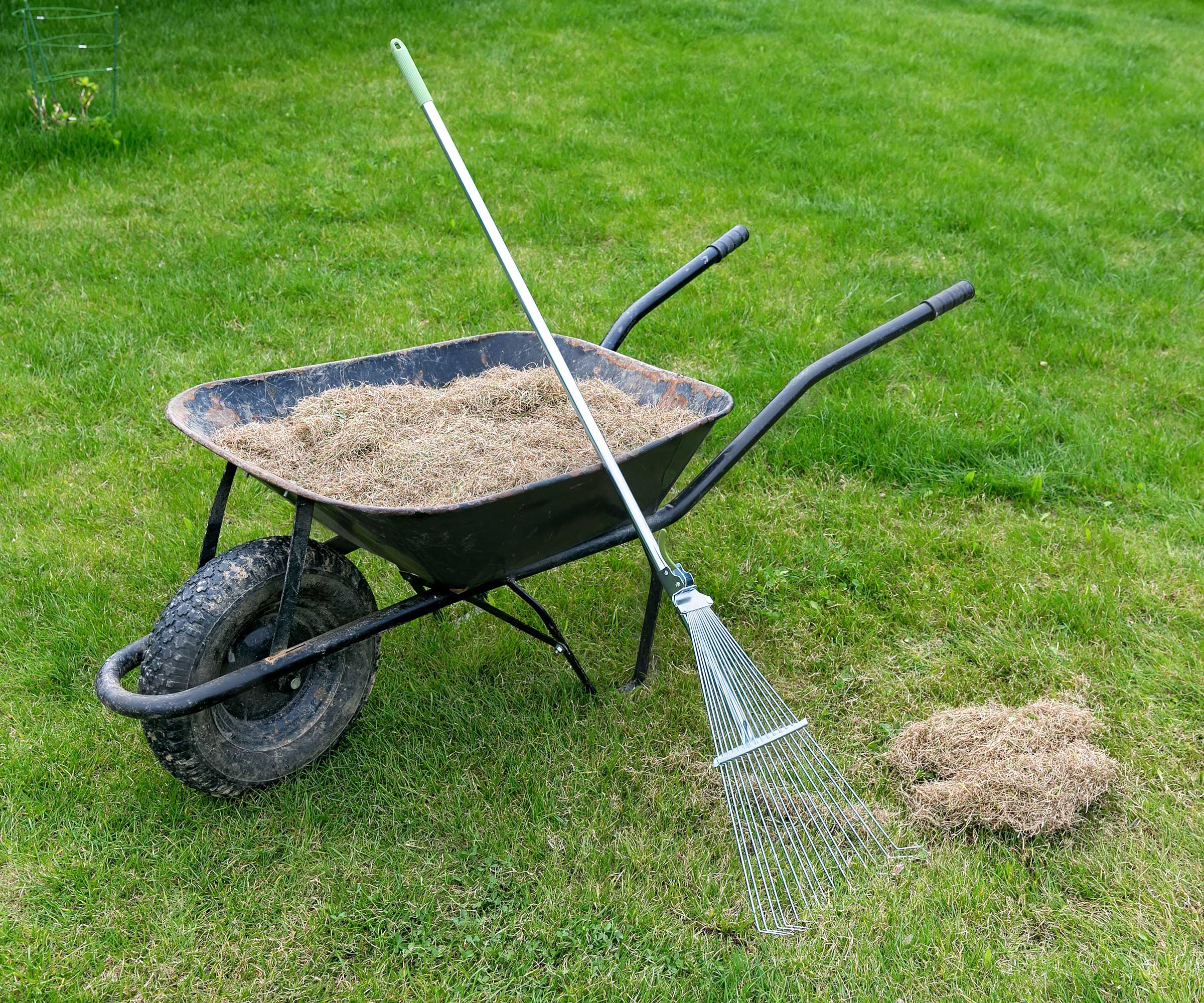
If your lawn feels spongy when you walk on it, it can be a sign of an issue hiding beneath the top layer of grass. It is usually the tell-tale indicator of a build-up of excessive thatch, which is a layer of dead plant material that sits between the blades and the soil surface.
A build-up of lots of thatch can prevent water and air from reaching the roots of the grass, and this layer increases the risk of diseases and can harbour lots of pests. It is recommended to dethatch the lawn to remove the excess material in the lawn.
'This can be done manually on small lawns with a garden rake, though it’s hard work,' says Skye. 'For larger areas, it’s best to rent or purchase a dethatching tool, or hire a local lawn care professional.'
The best time to dethatch a lawn comes in spring or fall, whereas doing the task in summer can unnecessarily stress the lawn.
Another reason for a spongy lawn can be overwatering, which may show itself if you have a waterlogged lawn with water pooling on the grass after heavy rain.
'The sponge-like texture is normally due to compacted soil underneath; the water cannot drain away properly, so it pools underneath the grass surface,' says Chrissie. 'Over time, the boggy conditions will cause patchy grass growth, and you’ll notice your lovely lawn starts to turn into a mud patch. You can help increase drainage by aerating with a garden fork.'
Lots of weeds
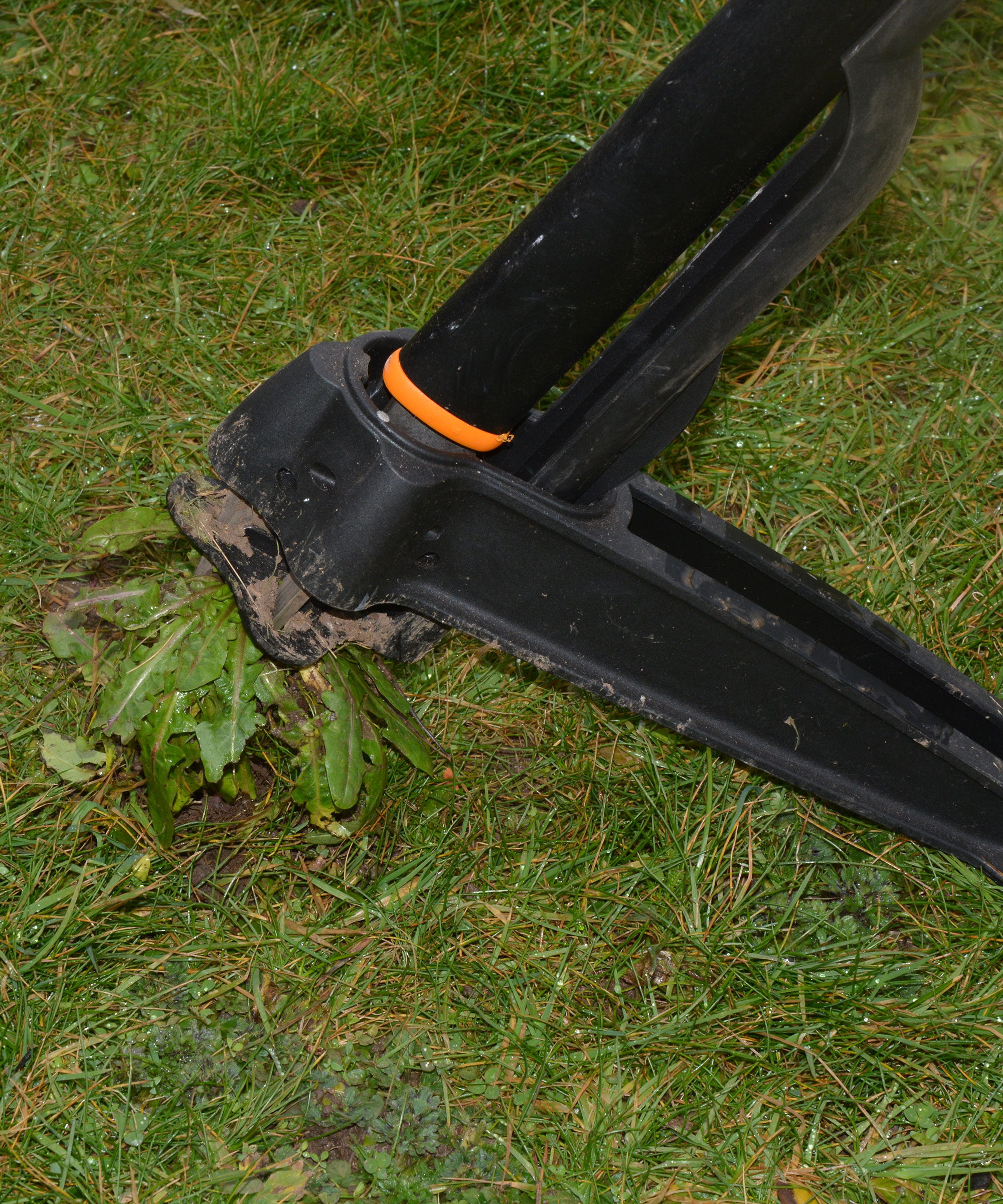
Weeds are always going to pop up in a lawn, but if the situation progresses from some weeds to a lawn full of weeds, then it can indicate an unhappy or unhealthy lawn. It can be a sign that the grass is struggling and not able to compete with the weeds.
The priority has to be weeding out the unwanted plants that are present. 'Weeds may become a problem if left alone for too long. They can eventually overtake the turf without timely removal,' warns Nastya Vasylchyshyna, resident botany expert at Plantum.
'Weed your lawn throughout the whole growing season to keep them from spreading. It’s especially important to do so before they flower and fruit since they’ll scatter their seeds across the yard otherwise.'
It is vital to completely remove the weed’s root system to prevent it from resprouting, and this stand-up weed puller tool at Amazon can help you easily kill weeds but not grass without the need for kneeling or bending.
Ongoing maintenance like regular mowing, watering, and feeding can help boost the strength of your grass to fend off weeds.

Nastya is a professional botany expert for the Plantum app that helps identify plants and plant diseases and provides care recommendations. Her specialization is plant morphology, phytopathology, and plant physiology.
Increased fungi and moss
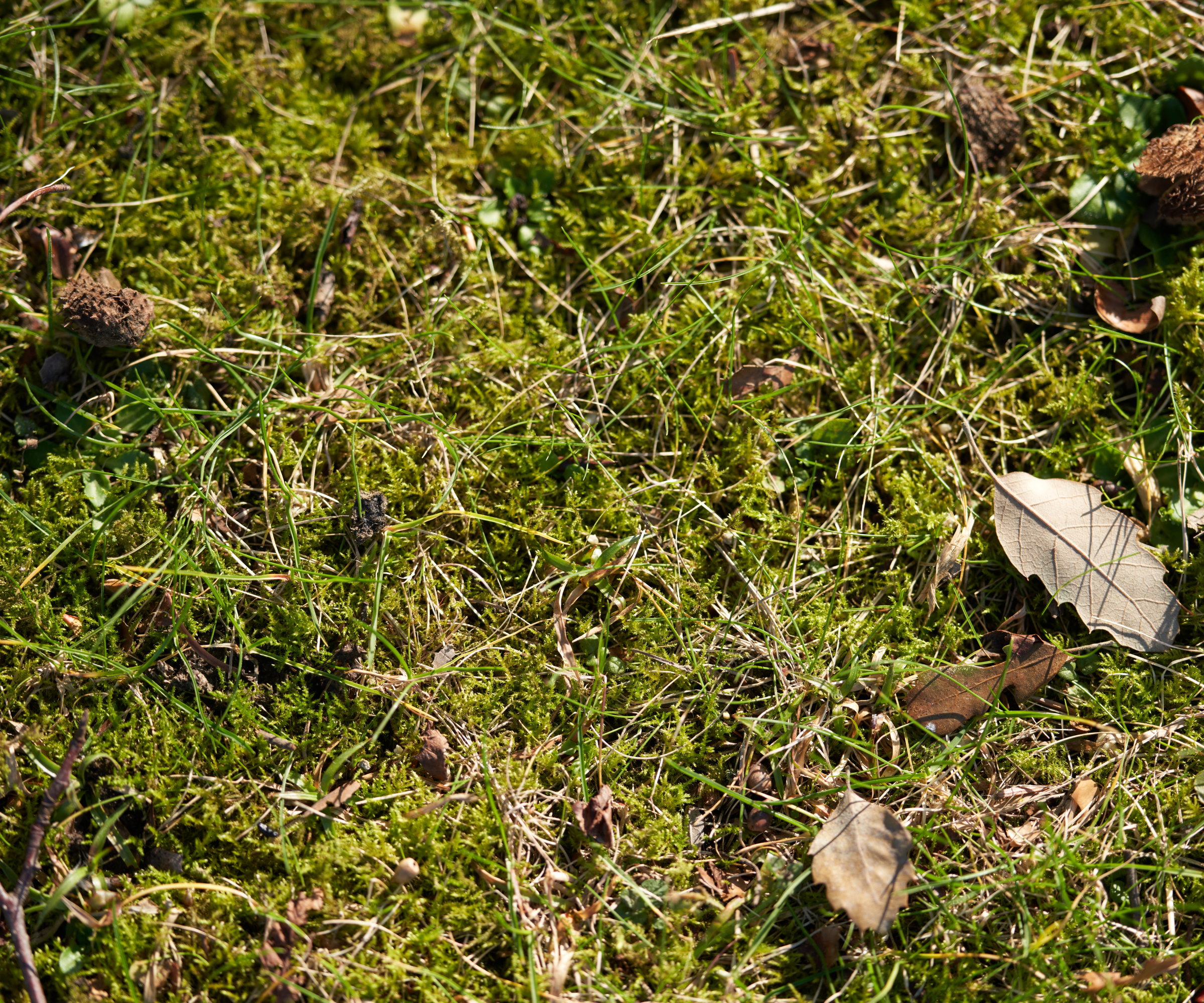
In a similar way to an influx of weeds, the sight of lots of moss and fungi on a lawn is a sign that the overall conditions are favoring them over the turf.
If you see mushrooms growing in the yard, there are likely damp, shady spots with poor drainage, which are the perfect conditions for fungi to thrive. Moss also revels in such damp and moist conditions, and is often found in shady and overwatered lawns.
To get rid of mushrooms on a lawn, cut back on how often you are watering and regularly aerate the lawn in spring and fall to improve the drainage. Dethatching annually will also remove the fungi’s food source, and you may need to trim overhanging branches to increase the amount of sunlight that reaches the lawn.
You can apply moss killer to eradicate issues, such as this moss control product at Amazon, which kills moss and feeds your grass for future protection.
Holes in the turf
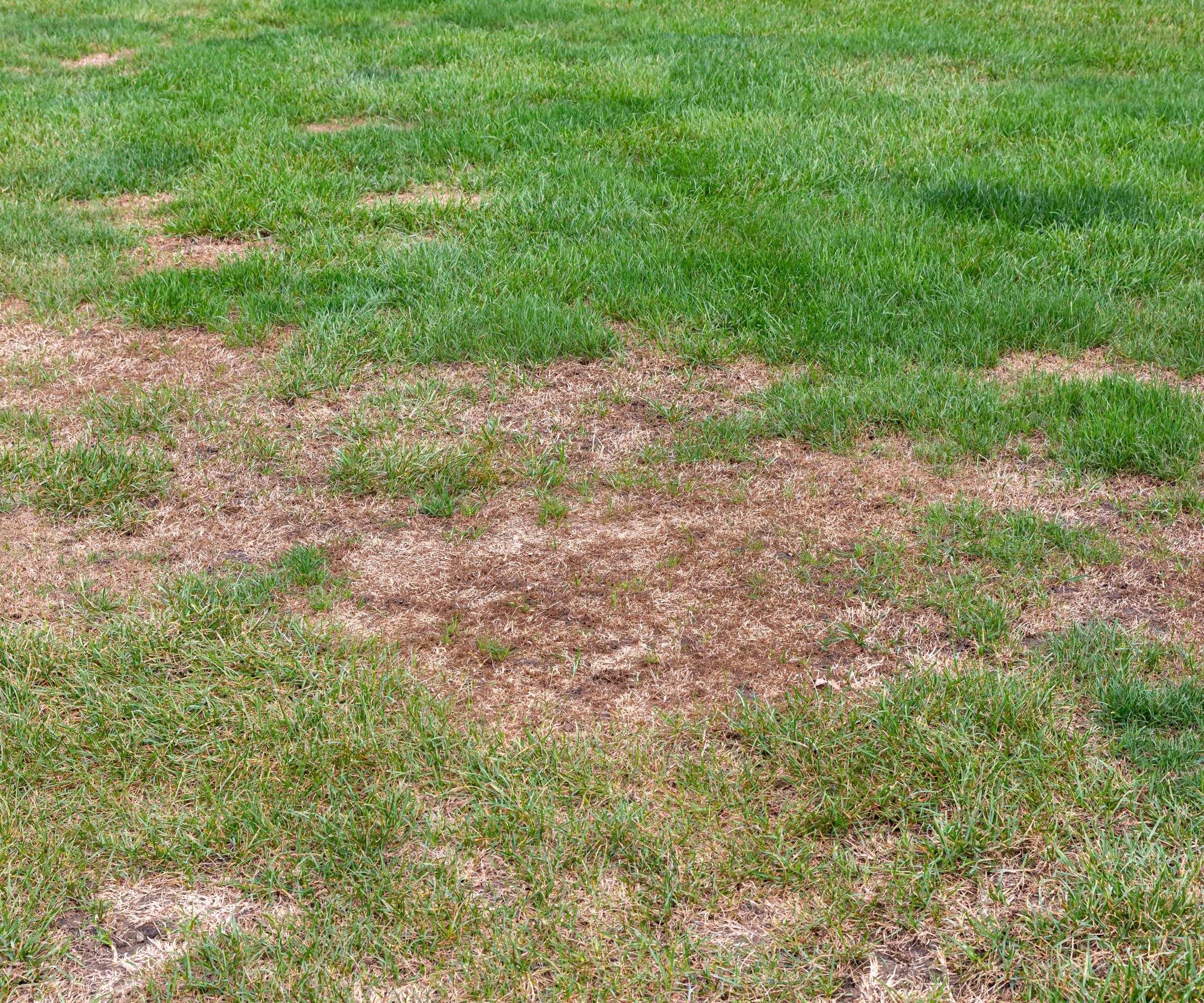
There may be holes in the lawn caused by animals digging to get to grubs in the lawn. The likes of birds, foxes, skunks, raccoons, or moles like to dig for the soil-dwelling chafer grubs or leatherjackets, which can cause major damage in their search for food.
The lawn grubs themselves cause bare spots and dead patches of grass, severing the roots as they go. To get rid of lawn grubs, dethatching and aeration make a lawn less attractive for them. Or you can apply grub control to prevent them from causing mass damage to your grass.
Garrett Lang, a turf management specialist with Lex Lawn & Irrigation in Southern Indiana, claims irregular dead patches where turf lifts like a carpet is 'a clear sign of grub damage'.
'They sever the root so your lawn can not take up water. Leaving dead spots that pull up easily,' he says. 'During the late summer, the only option is a curative application. To prevent damage, a preventative application can be applied earlier in the season.
'The curative and the preventative use different active ingredients, so make sure you choose the right one.'
Such a preventive treatment is this long-season grub killer at Walmart, which can prevent grubs for up to four months.

Garrett Lang is a specialist with Lex Lawn & Irrigation. He has turf management certification in Indiana and more than 25 years of hands-on experience in lawn seeding, sodding, fertilization, weed control, power seeding, aeration, and soil health.
FAQs
How do you tell if a lawn has a disease?
Typical indicators of lawn disease will include patches of dead grass, discolored areas of yellow, brown, or red turf, or an increased presence of fungus, which can be white or pink.
The symptoms on show will depend on the disease. For example, red thread disease produces a pink tint on grass blades, while dollar spot causes circular patches of dead grass, and fairy rings on lawns appear as circular patterns of dark-green grass with mushrooms.
If your turf feels hard underfoot, that can be another sign of an unhealthy lawn to be aware of. This is a typical issue in high-traffic areas of the garden, and it is advisable to make a few simple adjustments.
One is to change the mowing pattern each time you head out with the lawn mower to help reduce compaction and keep the lawn healthy. And another is moving play equipment, paddling pools, and trampolines around the garden to reduce the impact on a particular area.
As well as those easy changes to your lawn care, aerating the turf annually in spring will help relieve compaction and encourage the grass to develop strong roots.

Drew has worked as a writer since 2008 and was also a professional gardener for many years. As a trained horticulturist, he worked in prestigious historic gardens, including Hanbury Hall and the world-famous Hidcote Manor Garden. He also spent time as a specialist kitchen gardener at Soho Farmhouse and Netherby Hall, where he grew vegetables, fruit, herbs, and cut flowers for restaurants. Drew has written for numerous print and online publications and is an allotment holder and garden blogger. He is shortlisted for the Digital Gardening Writer of the Year at the 2025 Garden Media Guild Awards.
